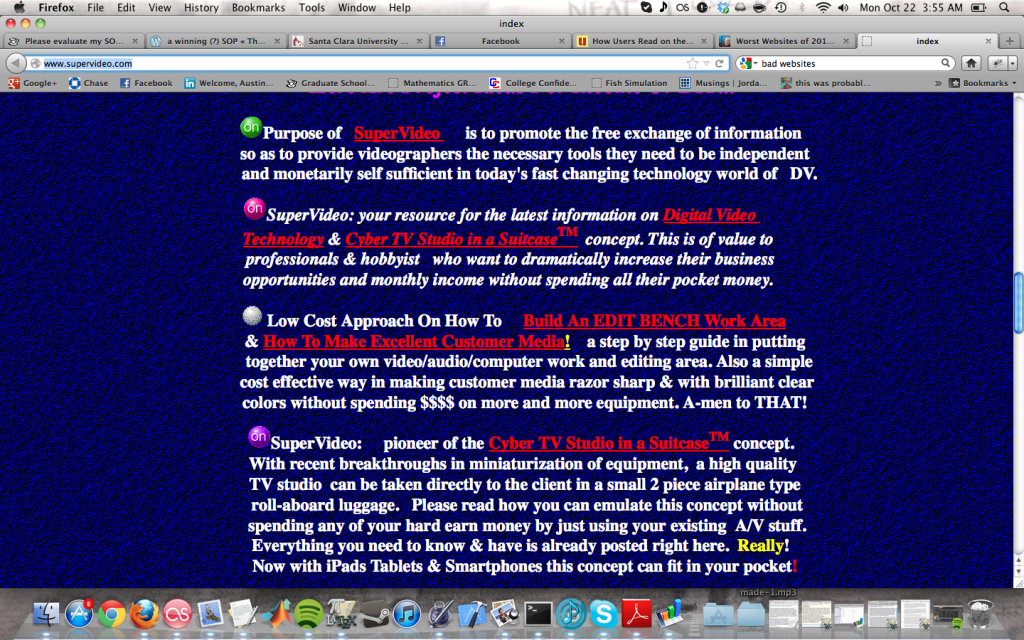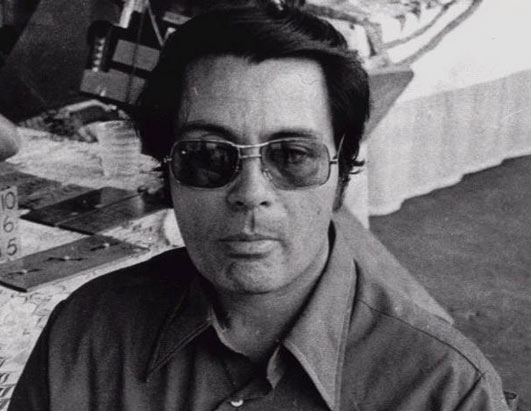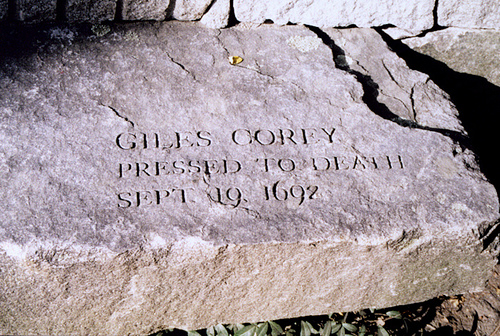[Fade in on Marcus and Ange out in the storm, John calling out to them from the hexayurt.]
JOHN (jovially)
Look at what the storm blew in. Better hose ’em off before you bring ’em over here, John, those two’ve got half the playa in their ears. Let’s get you cleaned up. Shoes first, thanks.
[action on-screen]
Can I get you two something to wear? We can beat the dust out of your clothes once the wind dies down.
[Marcus hesitates, his thoughts turning to the USB stick in his pocket.]
ANGE
That’d be so awesome. Thank you.
[Marcus relents wordlessly.]
JOHN
Come on and meet the rest.
[Fades to black.]
[Fades in. Marcus and Ange are leaving the hexayurt, reflecting on the chance meeting with the EFF founders. They walk along one of the concentric rings.]
MARCUS
Unbelievable! Who would’ve thought that we’d run into the founders of the Electronic Frontier Foundation at Burning Man, of all places!? I guess if there’s anywhere those guys could relax free of prying eyes, it would definitely be here…
ANGE
Yeah, they’re probably glad to get the break. And not just from surveillance, but all the legal action. Violations of privacy committed by the government mount by the day. Even if the EFF could put up a good fight against tenuous infractions, like the gait-detectors back in school, there’d just be too many.
MARCUS
Do you suppose they ever feel that they’re in any danger? I mean, my friends and I just got picked up atrandom after the bridge bombing in San Francisco. Those guys would have to have pretty big targets on their backs.
ANGE
Yeah, but I seriously doubt whether they’re in any danger here and now. Plus, the EFF is one of the most prominent advocacy organizations in the country. The government wouldn’t dare.
MARCUS
Hm.
[Camera zooms out, then rushes back along the path MARCUS and ANGE have been walking, back to the hexayurt. Momentary pause.]
JOHN
Come on in, stranger, weather the storm inside. Can I getcha any-
[Thudding noise.]
CARRIE (evilly)
Just fine right now, Gilmore. Thanks, anyhow. Take him away, and grab the others.
[Camera zooms back along the same path to where MARCUS and ANGE are walking.]
MARCUS
How different do you think things would be without the EFF? Bad as they are, I mean.
ANGE
Oh, radically, I suppose. Imagine the impression an agency as big as the government could make on future generations with an unchecked online presence. I’ll say this much, Marcus — without the EFF, the Department of Homeland Security might have snatched you from the womb.
[Nervous laughter.]
MARCUS
I suppose that’s true. Without the EFF, by the time of the terrorist attack, I’d probably already be in a much deeper pile of–
[ANGE casts a telling glance. MARCUS pauses.]
–um…poop.
[Fades out.]
[Fade in on a bright overhead light. Wooziness and fog.]
CARRIE (slowly)
Awake already, are we, John?
[Fades out again.]




